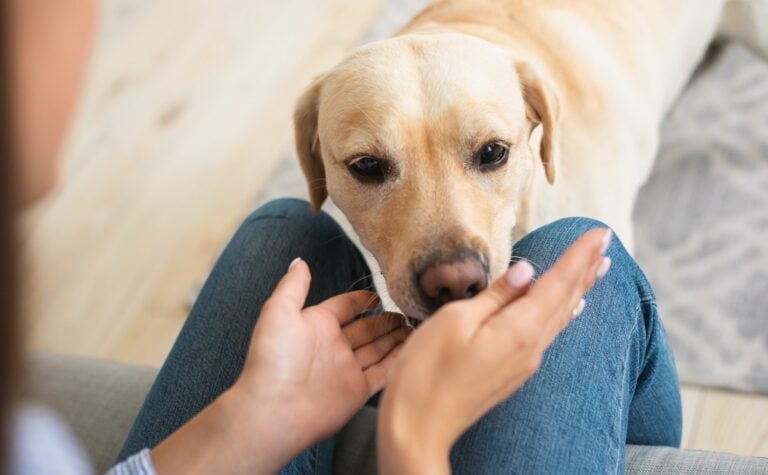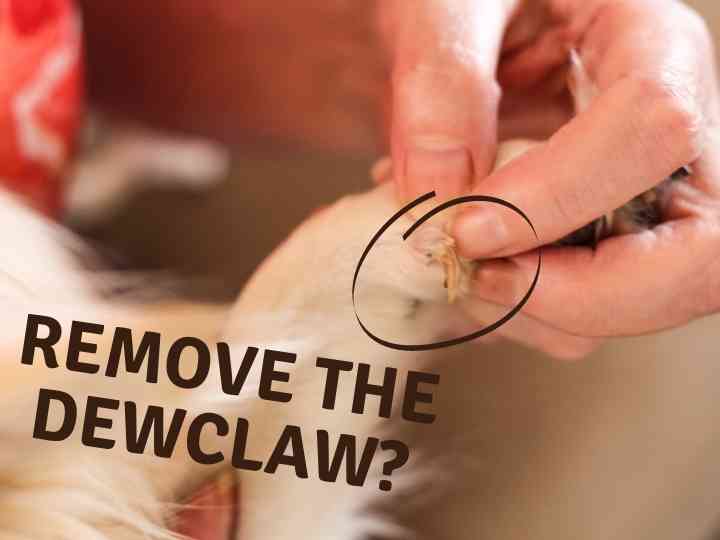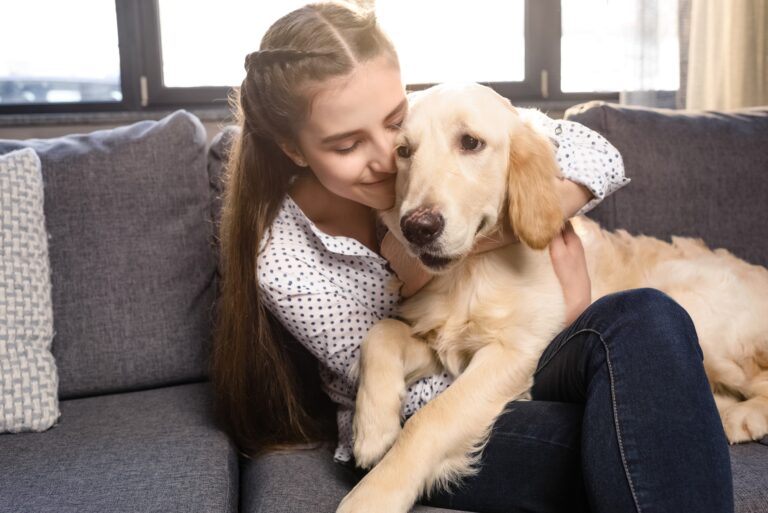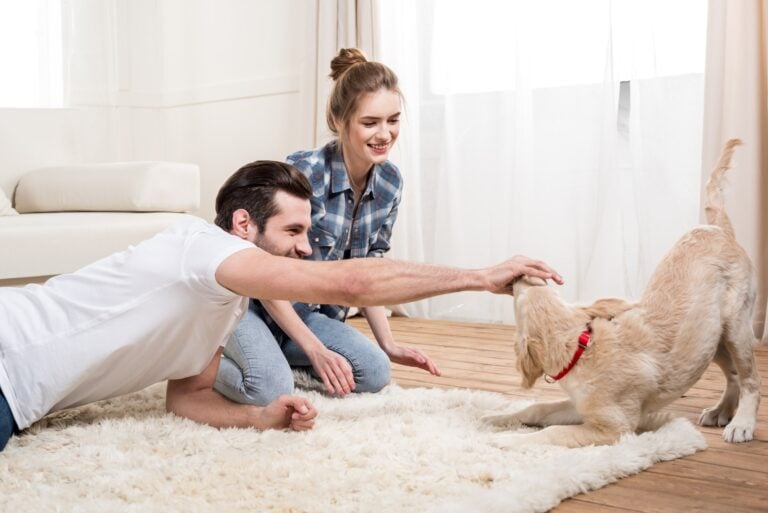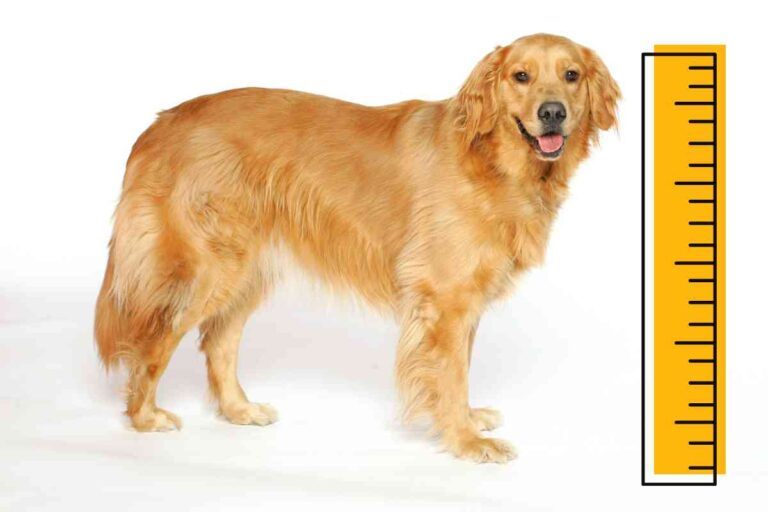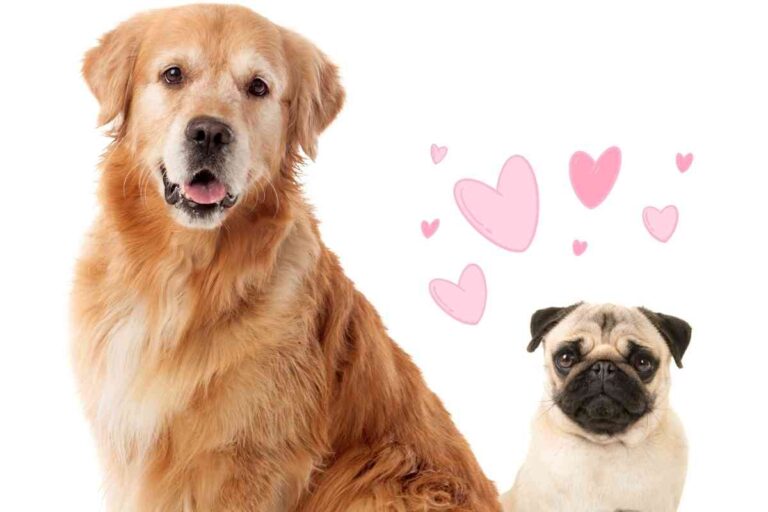Proper Grooming Techniques for Labrador Retrievers: A Comprehensive Guide
Labrador Retrievers are one of the most beloved dog breeds in the world. They are known for their friendly nature, loyalty, and intelligence. They are also known for their thick, double-layered coat which requires regular grooming to keep it healthy and shiny. Proper grooming is not only important for the appearance of your Labrador, but it also plays a vital role in their overall health and well-being.
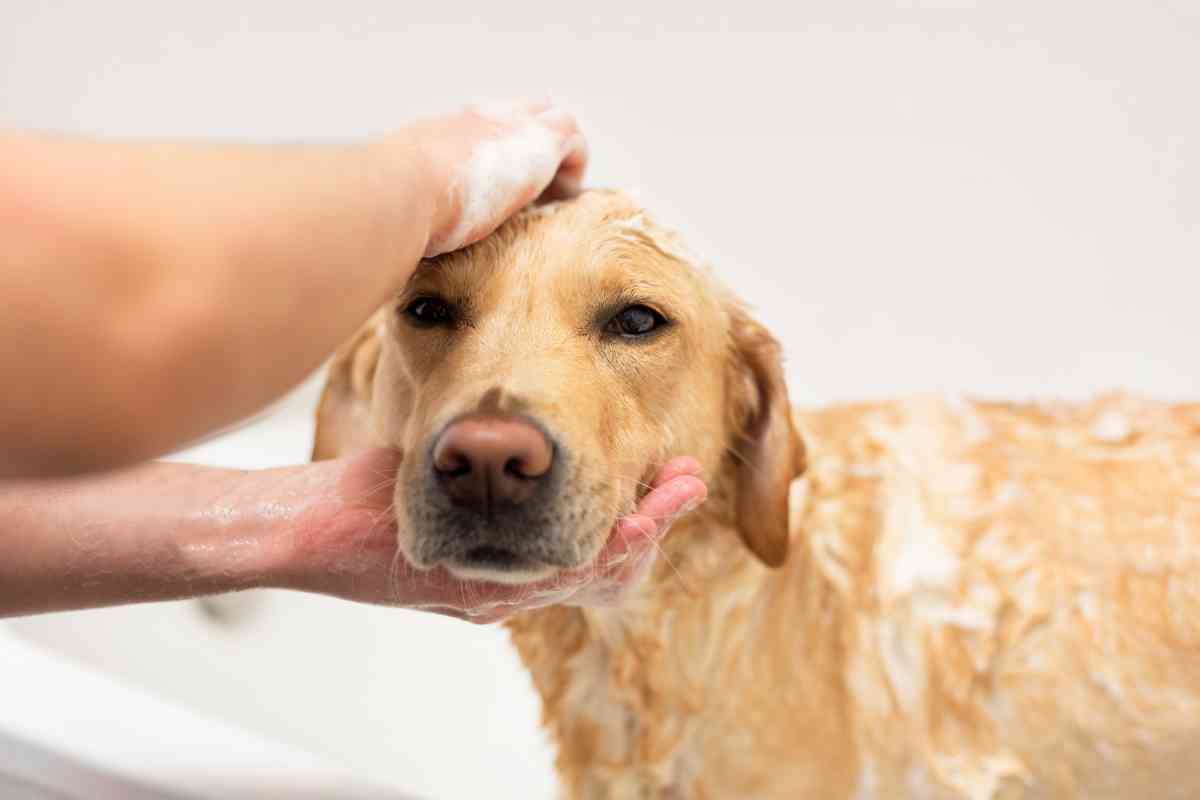
How do you properly groom a Labrador Retriever?
To properly groom a Labrador Retriever, it’s essential to regularly brush their double-layered coat using a slicker brush or metal comb, ensuring its health and shine. Bathing should be done every 2-3 months with dog-specific shampoo. Regular ear cleaning, nail trimming, and dental care are also crucial.
These steps not only maintain the Labrador’s appearance but also ensure their overall health and well-being.
In this article, we will discuss the proper grooming techniques for Labrador Retrievers. We will cover everything from brushing and bathing to nail trimming and ear cleaning. We will also provide tips on the best grooming tools and products to use. By following these techniques, you can keep your Labrador looking and feeling their best, while also preventing common health issues that can arise from poor grooming habits. So, let’s dive in and learn how to properly groom your furry friend!
The Comprehensive Guide to Labrador Retriever Coat Care
Labrador Retrievers, with their distinctive glossy coat, require consistent grooming and attention. This breed is known for its double coat, which serves both insulation and waterproofing functions. Here’s how to maintain that iconic Labrador shine and keep them healthy.
Understanding the Double Coat
Labrador Retrievers possess a unique double coat:
- Topcoat (Guard Hair): The outer layer, which is somewhat rough, protects the dog from water, dirt, and direct sunlight.
- Undercoat: This denser, softer layer provides insulation and buoyancy.
Regular Brushing
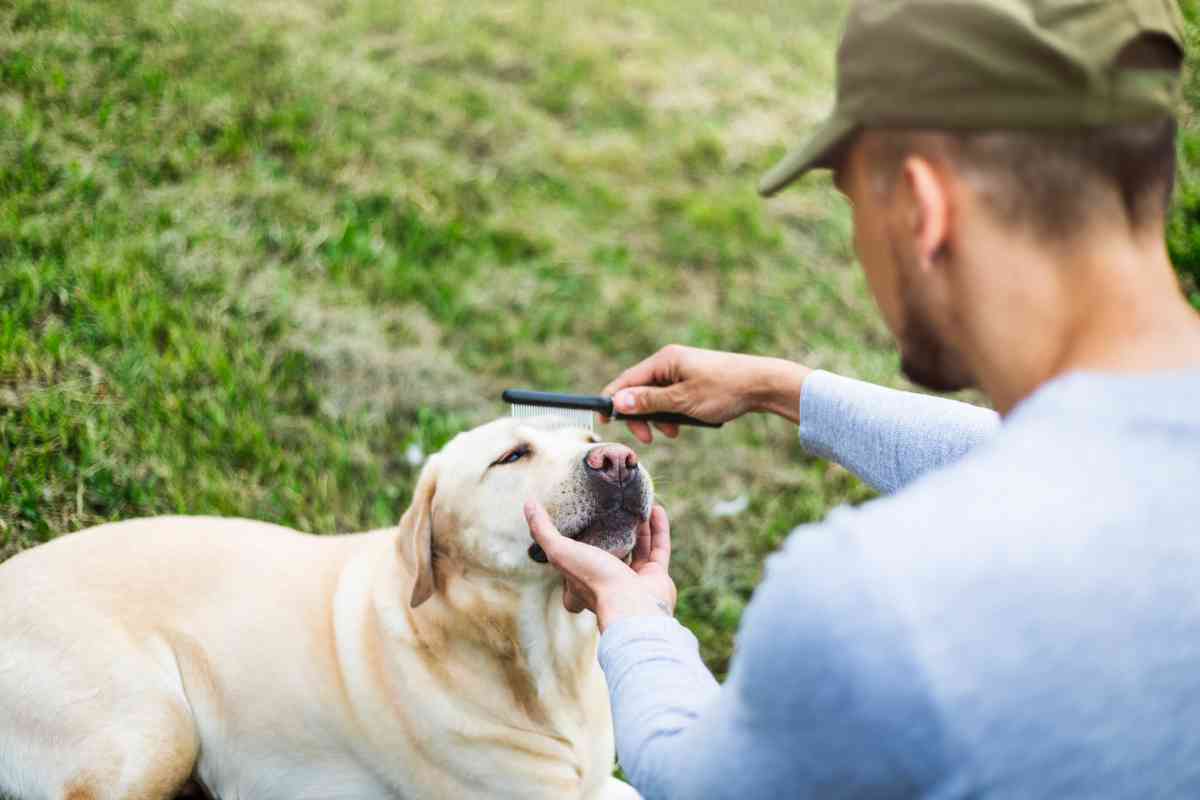
- Why It’s Essential: Regular brushing not only removes dead hair and potential tangles but also stimulates skin oils, ensuring a glossy finish.
- Frequency: Minimum once weekly. However, during heavy shedding periods, particularly in spring and fall, you might want to increase this to twice or even thrice a week.
- Recommended Tools: A slicker brush is ideal for the general coat, while a metal comb can work through denser tangles and mats.
Bathing Rituals
- Frequency: While Labradors aren’t particularly oily, aim for a bath every 6-8 weeks or if they get particularly dirty.
- Pre-Bath Care: Before you even get your Lab wet, ensure you’ve brushed out all tangles or mats.
- Shampoo: Always use a dog-specific shampoo. Canine skin has a different pH level than humans, and using human products can dry out their skin or cause irritations. Consider products with natural moisturizers like oatmeal or aloe vera.
- Rinsing and Drying: Ensure every bit of shampoo and conditioner is rinsed to prevent any residue. Towel dry or use a dog-specific hair dryer on a low setting.
Trimming and Neatening
While Labs don’t require extensive trimming like some other breeds, periodic neatening, especially around their feet, can give them a tidy appearance. For safe and precise trimming, consult with a professional groomer.
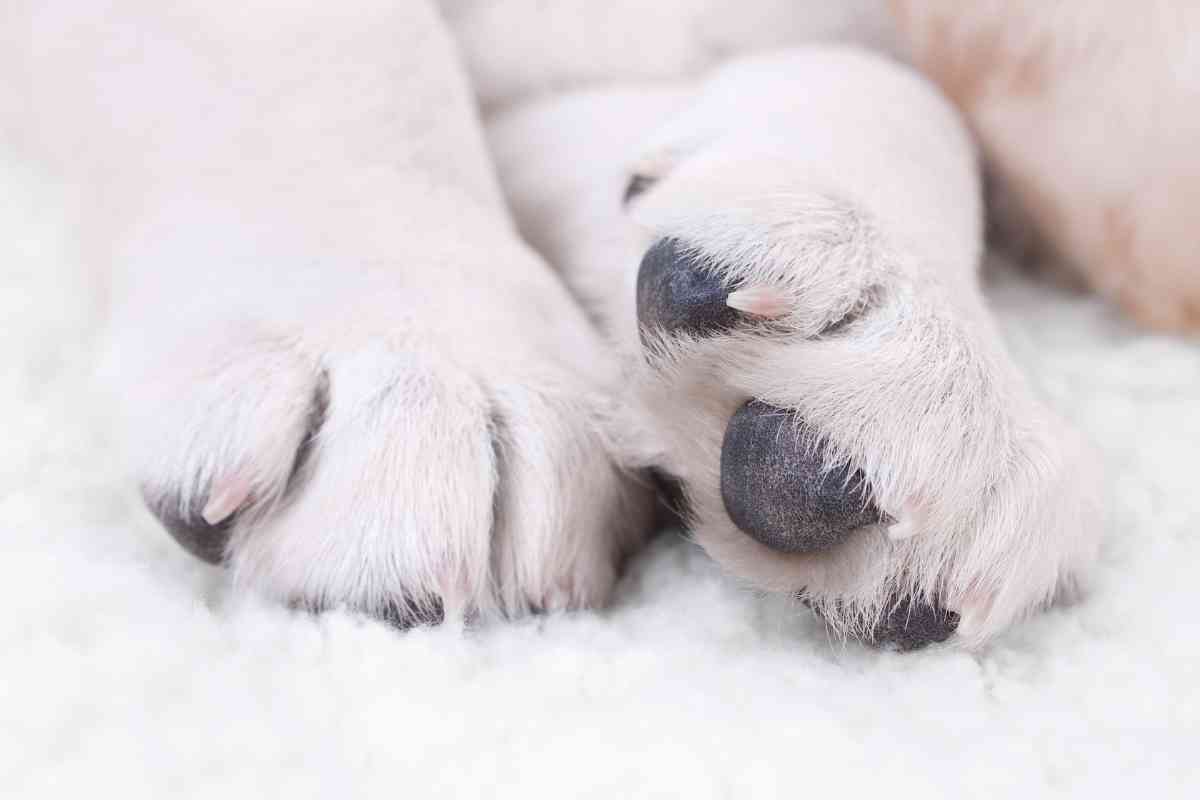
Managing the Shed
- Shedding Seasons: Labradors, being double-coated breeds, have two primary shedding seasons. Typically, they’ll shed their winter undercoat in the spring and their summer undercoat in the fall.
- Tools: A de-shedding tool can be invaluable. Not only does it remove loose hair, but it also helps in reducing the amount of hair that ends up on your furniture and floors.
Ear Care
Labrador Retrievers, due to their floppy ears, can be more prone to ear infections:
- Cleaning Frequency: Once every week or two, unless they swim regularly, then more often.
- Method: Use a vet-approved canine ear cleaner. Gently clean the ear without probing too deep, which could lead to injuries.
With proper coat care, your Labrador Retriever will not only look radiant but also remain healthier, with fewer skin issues and tangles. This care routine not only maintains their appearance but also provides you a chance to check for any underlying health issues, ensuring your canine companion remains at their best.
Labrador Retriever Health and Hygiene
Your Labrador Retriever’s health and hygiene are intertwined. By adhering to a consistent grooming regimen, you’re not just maintaining their aesthetic appeal but safeguarding their health as well. Below is an in-depth exploration of essential Labrador health and hygiene practices:
Nail Trimming: A Foundation for Comfort and Health
- Why It Matters: Overgrown nails can distort your Lab’s gait, cause pain, and even affect posture, potentially leading to joint issues.
- Tools: Use dog-specific nail clippers or a grinder. Each tool has its benefits, with grinders reducing the risk of quick cuts.
- The Quick: This blood-filled sensitive region in the nail is painful if nicked. In light-colored nails, it’s visible as a pink section. For darker nails, trim bit by bit. If bleeding occurs, use styptic powder or cornstarch for clotting.
Ear Cleaning: An Essential for This Prone Breed
- Why Labs are at Risk: Their floppy ears can trap moisture and reduce air circulation, creating a haven for bacterial growth.
- Cleaning Technique: Use a canine-approved ear cleaning solution. Douse a cotton ball or gauze in the solution, cleaning only the areas you can see. Avoid pushing any debris deeper into the ear.
- Signs of Trouble: If you observe redness, a strong odor, excessive wax, or any discharge, it’s time for a vet check-up.
Dental Care: Beyond Fresh Breath
- The Stakes: Neglect here can lead to gingivitis, tooth loss, and can even impact internal organs if bacteria enter the bloodstream.
- Brushing Basics: Ideally, brush daily using dog-specific toothpaste and a soft-bristle brush. Circular motions are most effective.
- Additional Dental Aids: Dental chews, wipes, or toys can aid in keeping your Lab’s teeth clean between brushings.
Bathing and Coat Care: More than Skin Deep
- Frequency: Labs don’t require frequent baths unless they’re dirty or have a distinct odor. Aim for every 2-3 months.
- Products: A pH-balanced dog-specific shampoo and conditioner are essential to maintain skin health.
- Brushing: Regular brushing using an undercoat rake helps to eliminate loose hairs, stimulate skin, and distribute natural oils for a shiny coat.
- Skin Checks: While grooming, it’s the perfect opportunity to inspect your Lab’s skin. Look out for lumps, bumps, or irritations. Early detection is key in addressing potential health issues.
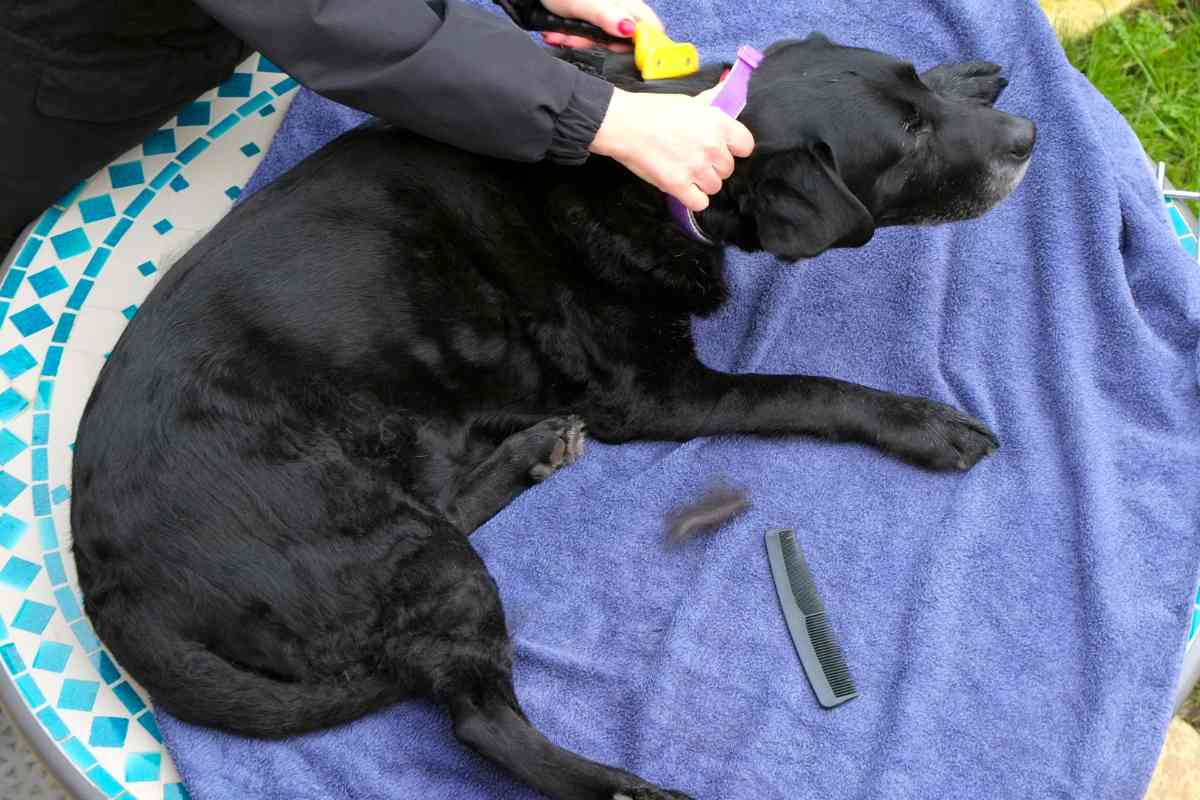
Deciphering the Best Grooming Path for Your Labrador Retriever: Professional vs. At-Home
Your Labrador Retriever, with its lustrous coat and lively disposition, deserves impeccable grooming care. You face a pivotal choice: professional grooming or a DIY approach. Each avenue comes with distinct pros and cons, intricately linked to your dog’s disposition, your expertise, and budget. Here’s a deep dive into both options:
Professional Grooming: The Expert Touch
Trusting the skilled hands of a professional can lead to exceptional results. Here’s a closer look:
Advantages:
- Skill and Calmness: An experienced groomer brings adeptness in calming anxious pets and offers expertise in various grooming techniques.
- Top-notch Equipment: These professionals utilize industry-grade tools and products, ensuring your dog receives a spa-like treatment.
- Health Alerts: Groomers can double as your canine’s health watchdogs, spotting issues like skin irritations or infections.
- Time-Saver: Offload the grooming responsibility and receive a pristinely groomed pet in return.
Disadvantages:
- Cost Concerns: Regular visits can put a strain on your wallet.
- Scheduling Snags: Booking appointments may not always align with your calendar.
- Stranger Anxiety: Some dogs may be apprehensive about unfamiliar hands and environments.
At-Home Grooming
A Personal Touch Crafting a grooming sanctuary at home can build trust and deepen your bond with your Labrador.
Advantages:
- Economical: Over time, grooming at home can be lighter on the pocket.
- Complete Control: Ensure your pet’s utmost comfort, familiar environment, and your personal touch.
- Flexible Timing: No appointments. No waiting. Groom at your and your dog’s convenience.
- Strengthened Bond: The trust fostered during these sessions can be invaluable.
Disadvantages:
- Time-Intensive: Your initial grooming sessions might be prolonged due to the learning curve.
- Initial Investment: While cost-saving in the long run, you’ll need to buy quality tools upfront.
- Post-Grooming Cleanup: Prepping and cleaning can extend the process.
- Missed Health Indicators: You might overlook subtle signs of skin issues or infections that a pro wouldn’t.
Grooming Challenges for Labrador Retrievers: Identifying and Tackling Them Head-On
Grooming your Labrador Retriever is not always a straightforward affair. As you brush, bathe, and bond, you might stumble upon recurring grooming hurdles. Let’s dissect these challenges and arm you with effective solutions:
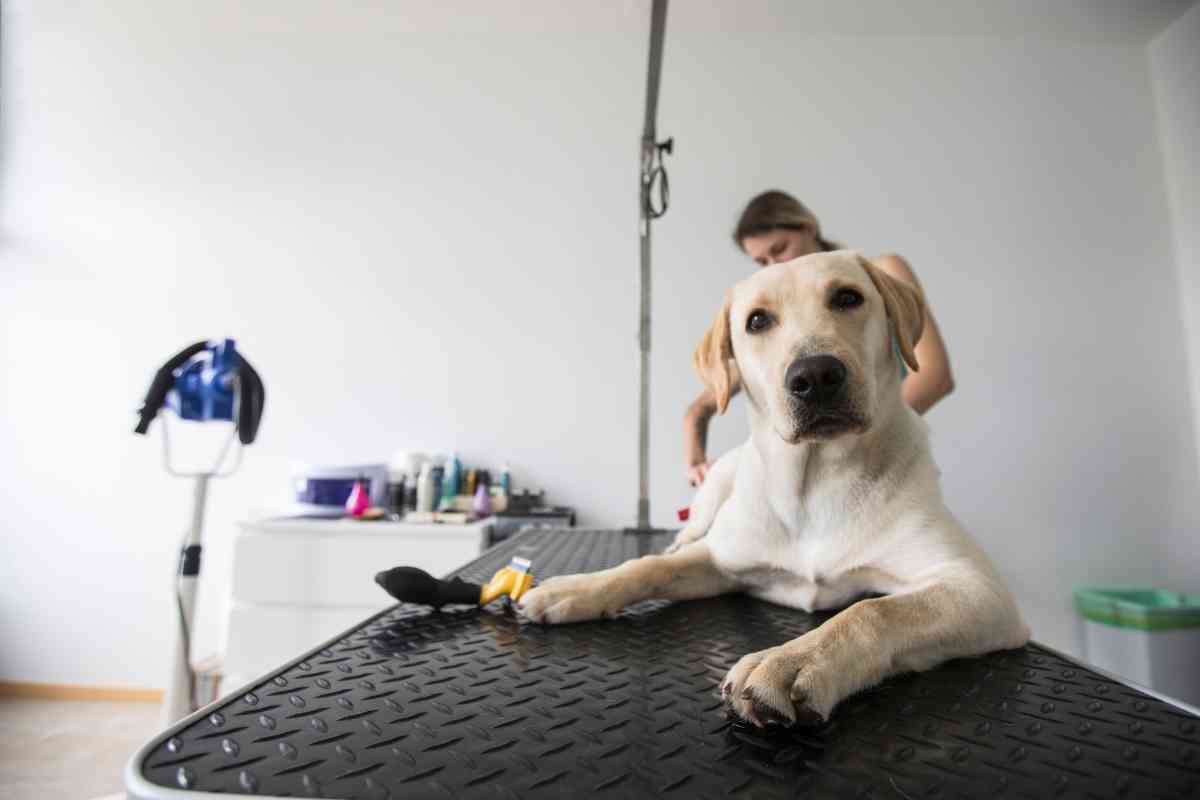
The Parasite Predicament
Unwanted guests like fleas and ticks are regular culprits.
- Prevention First: Trust veterinarian-approved flea and tick prevention products to keep parasites at bay.
- Combing Action: Employ a fine-toothed comb, methodically scanning through the coat to evict any lurking pests.
Allergy Ailments
Allergies can lead Labradors down the path of persistent itching and skin irritations.
- Hypoallergenic Products: Opt for hypoallergenic shampoos and conditioners, avoiding anything with harsh or harmful chemicals.
- Vet Intervention: For stubborn cases, a vet might prescribe allergy medications or specialized treatments.
The Nail Nuisance
Overgrown nails aren’t just unsightly; they can cause pain and pave the way for infections.
- DIY Trimming: With nail clippers or grinders, regularly trim the nails. Acquaint yourself with the “quick” to avoid painful accidents.
- Professional Help: Not confident? Entrust the task to a professional groomer or veterinarian.
Shedding Surplus
The iconic double coat of Labradors, while beautiful, is synonymous with abundant shedding.
- Consistent Combing: Regularly brush with a wide-toothed metal comb or slicker brush to manage and reduce shedding.
- Tangle Prevention: Detangling sprays or conditioners are your allies in preventing persistent mats and tangles.
Skin Sore Spots
From unexpected bumps to hot spots, skin irritations can cause discomfort and distress.
- Maintain Cleanliness: A clean coat is your first line of defense. Use quality canine shampoos and pat dry with thick, absorbent towels.
- Vet’s Expertise: For persistent irritations, consult your vet. They might recommend topical treatments, ointments, or even antibiotics.
Conclusion
Proper grooming is essential for the overall well-being of your Labrador Retriever. By grooming your dog regularly, you can maintain their appearance, promote a healthy lifestyle, and prevent any potential health issues.
Regular grooming can also provide several benefits to your Labrador Retriever, such as reducing shedding, preventing matting, and keeping their coat healthy and shiny. Additionally, grooming can help you bond with your furry friend and keep them feeling loved and cared for.
When it comes to grooming your Labrador Retriever, it is essential to use the right tools and techniques. A slicker brush or metal comb can help remove loose fur and prevent matting, while a mild dog shampoo can keep their coat clean without drying out their skin.
It is also important to pay attention to your dog’s ears, teeth, and nails. Regular cleaning of their ears and teeth can prevent infections and dental issues, while trimming their nails can prevent discomfort and injury.
Overall, by following proper grooming techniques, you can help keep your Labrador Retriever healthy, happy, and looking their best.

